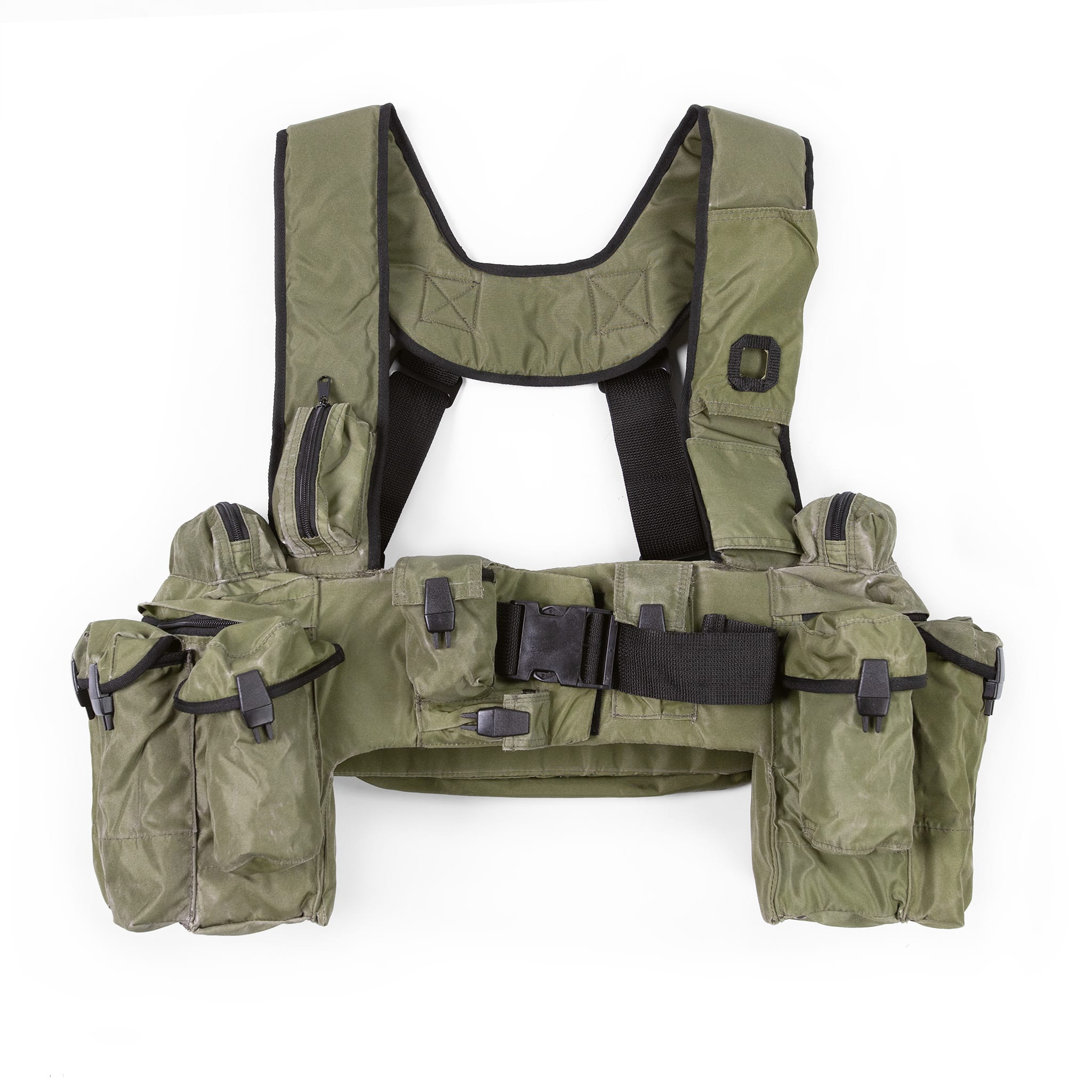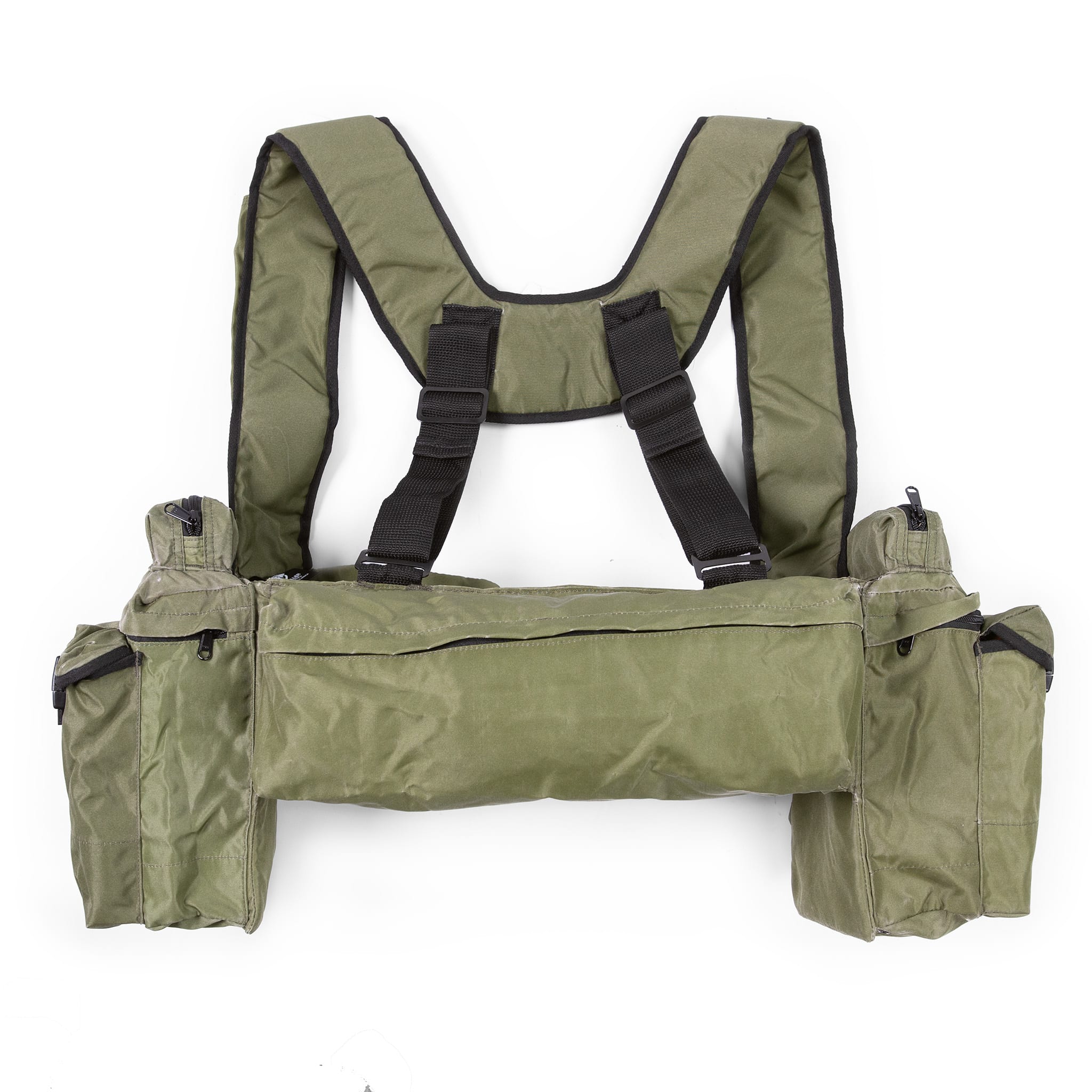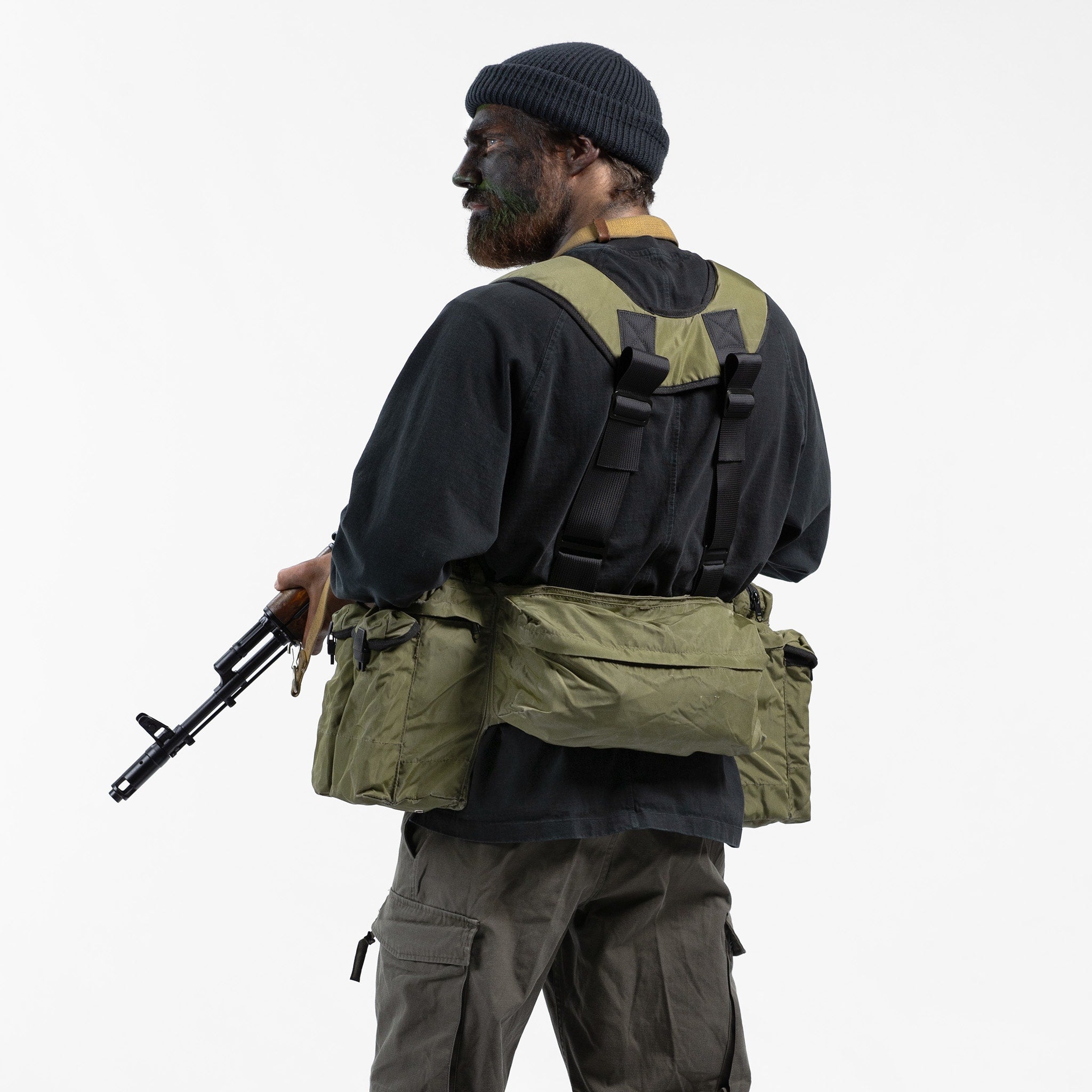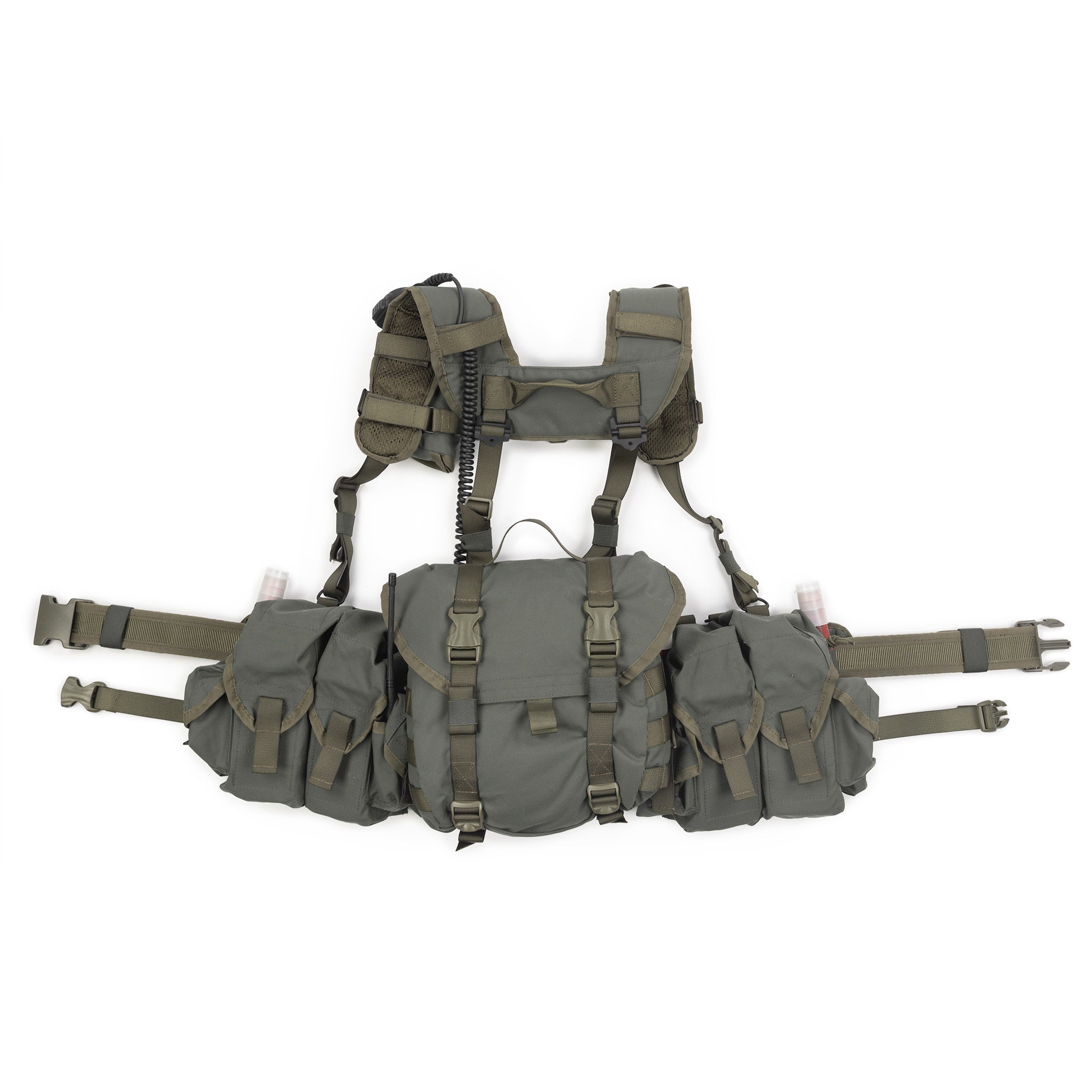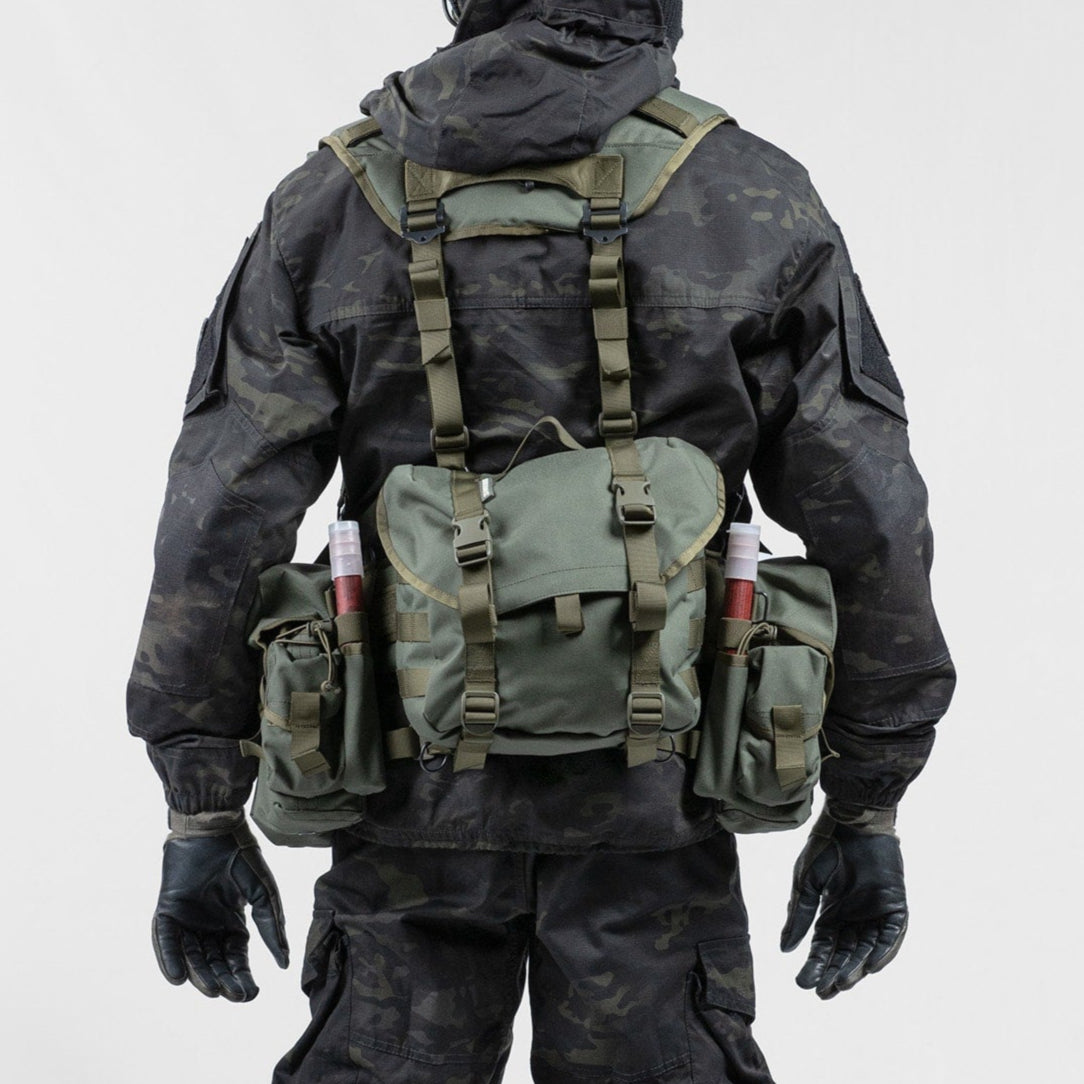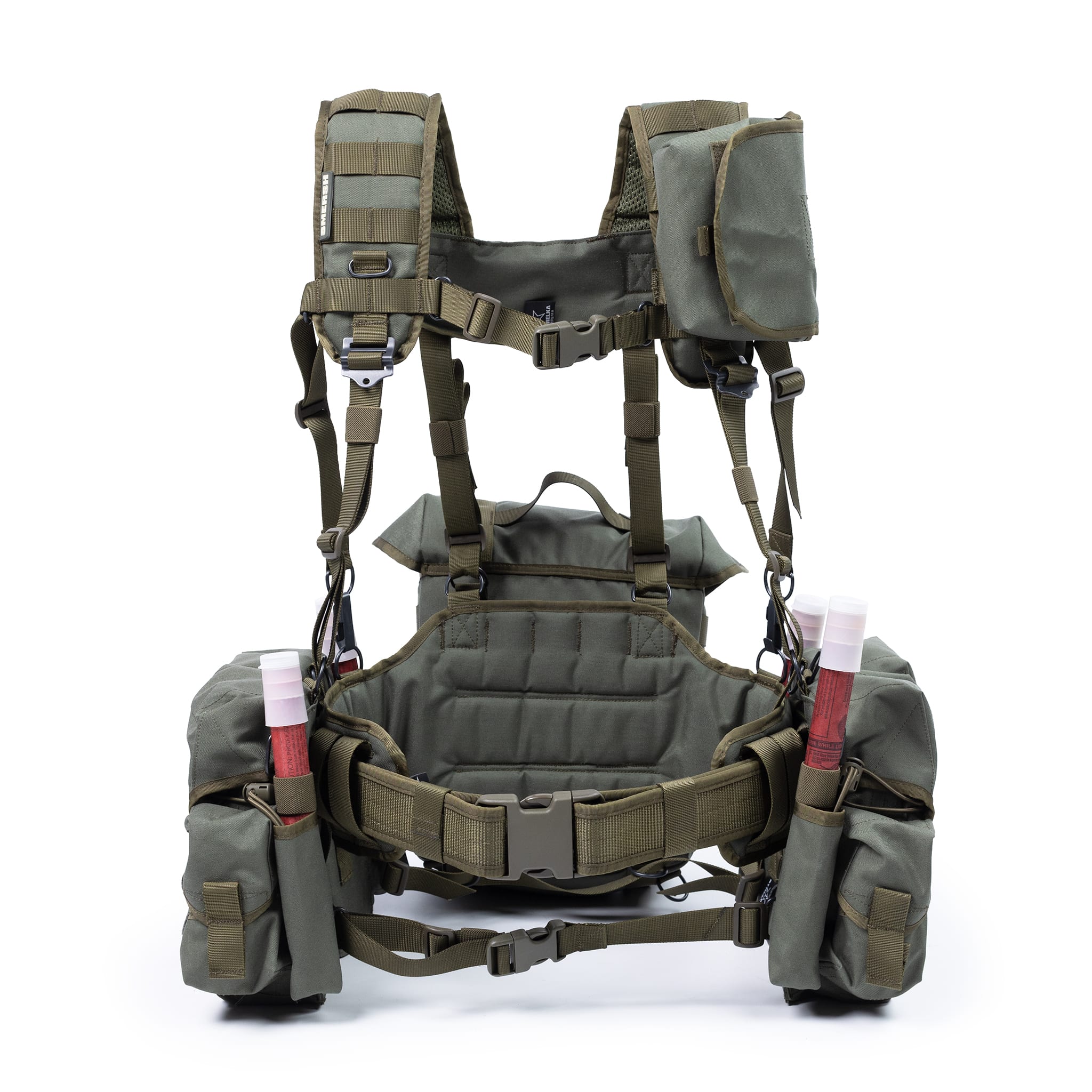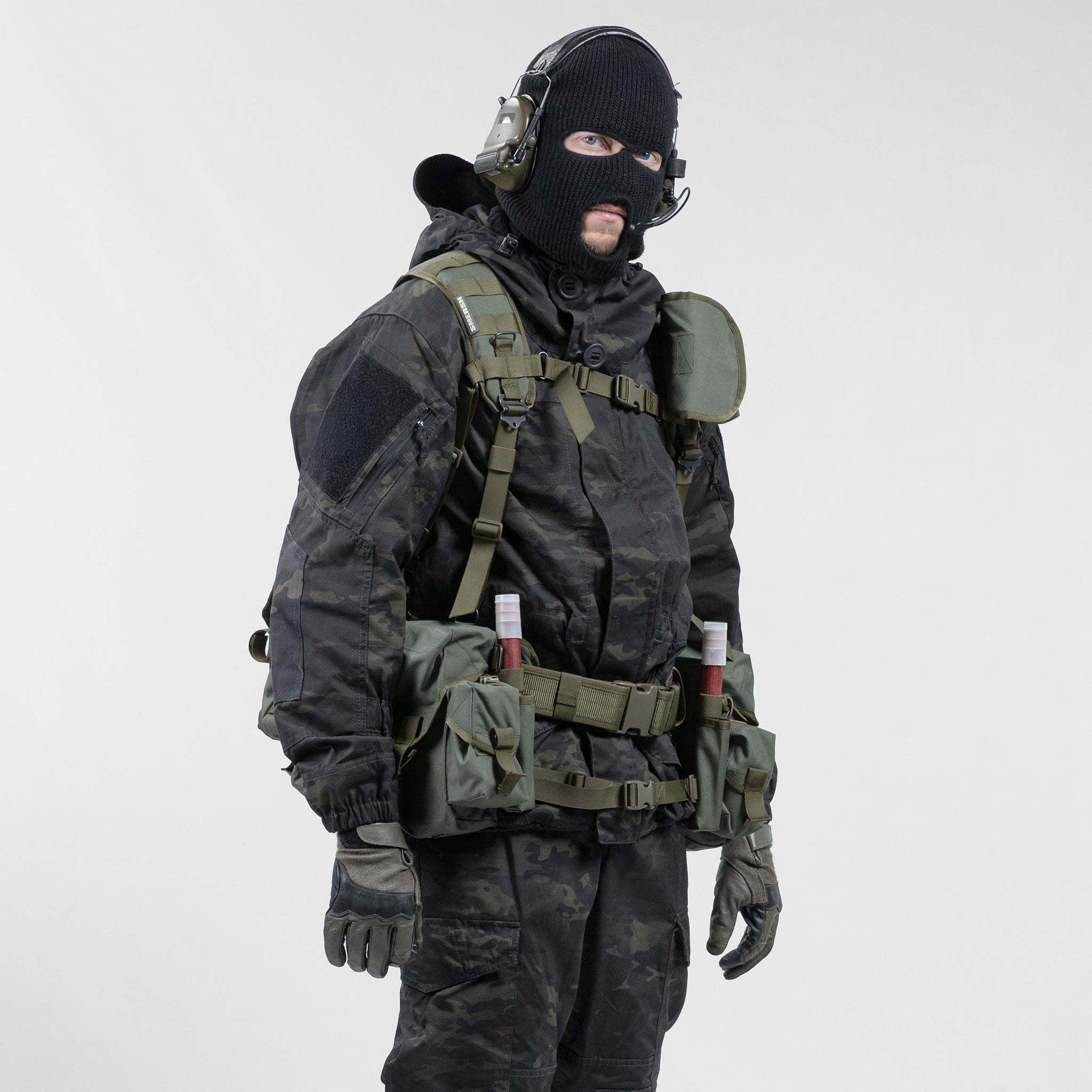What is Pattern 83?
Pattern 83 is a set of three different load-bearing solutions commonly called "Webbing", developed by the South African Defense Force in the 1980s.
It consists of 3 different parts: A standalone "Battle Jacket", a "Grootsak" ('Big Bag' In Afrikaans) and an ammo-carrying Chest Rig.
Together, they laid the foundations for many modern packs, pouches, and a wide variety of load bearing equipment used from the cold war onwards, and it even inspired a few products on our store...

The Chest Rig
We've stocked both the surplus rig and we make a new production rig too.
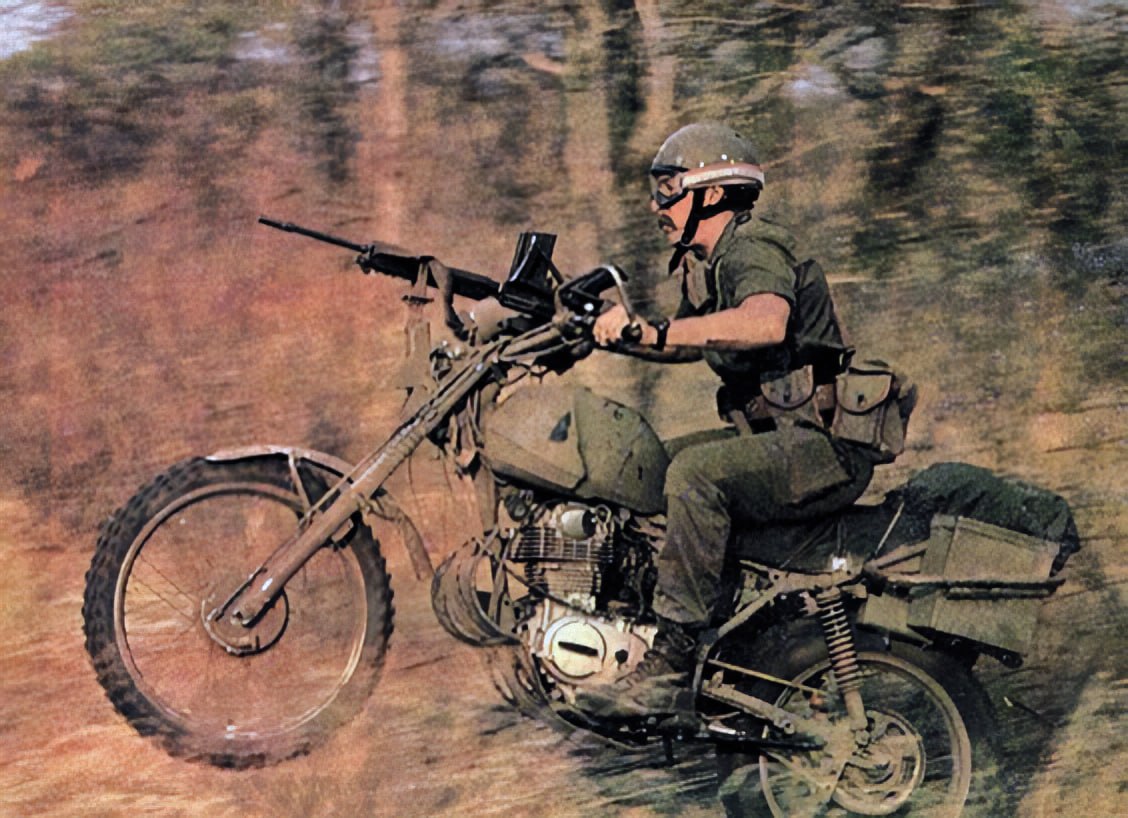
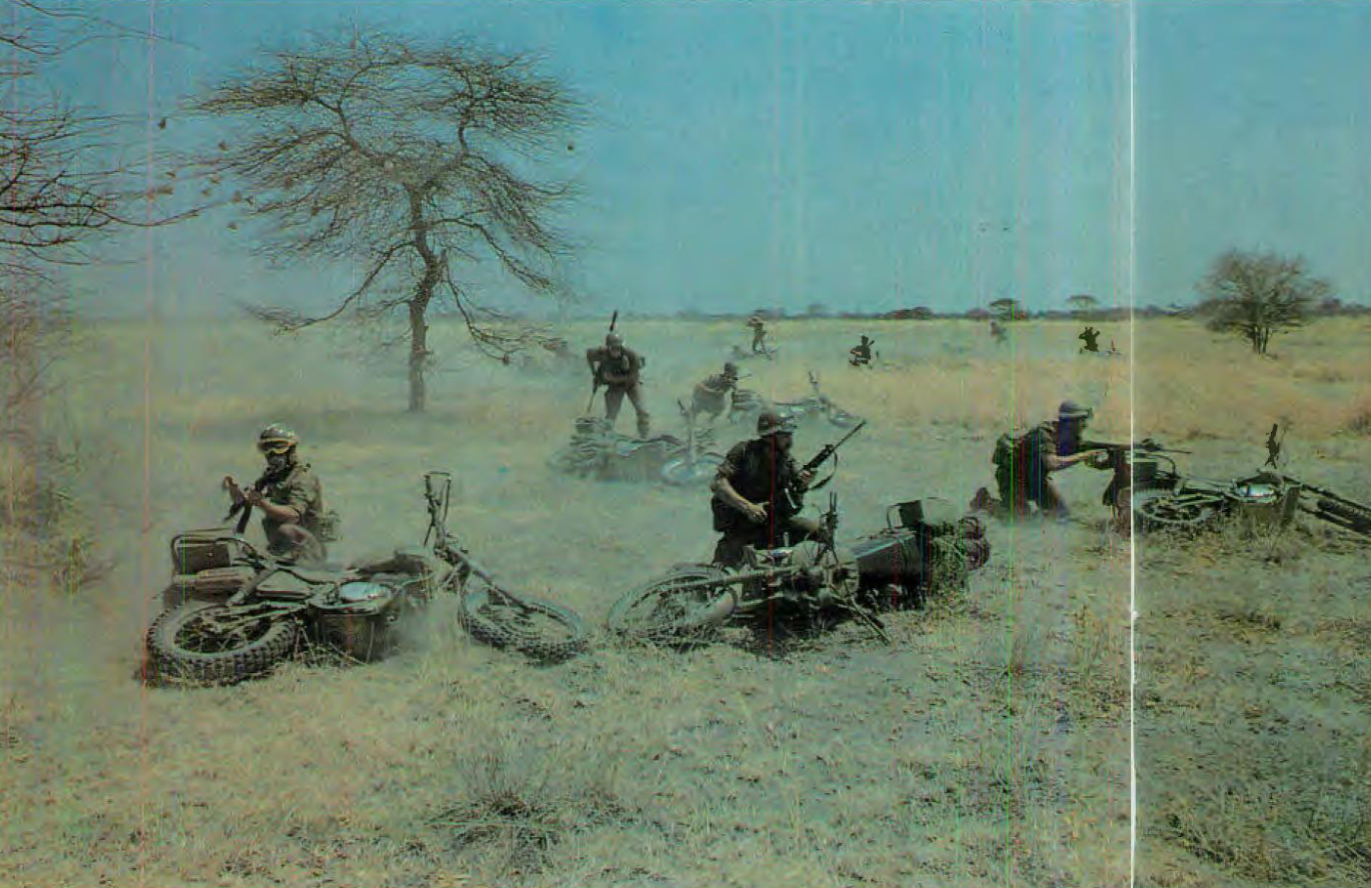
When the Cold War kicked off in the 1960s, Sub-Saharan Africa became the 'it' location for proxy wars.
A litany of communist-backed insurgent groups waged a fast-moving, highly asymmetrical war against the African Colonies, particularly Rhodesia (now Zimbabwe) and South Africa.
China, Russia, Cuba, and North Korea all funded separate, sometimes competing insurgencies.
As the biggest Western power, South African soldiers and mercenaries in particular played a dominant role in combatting these 'brushfire' conflicts.
35 Years Of Conflict: How P83 Came To Be
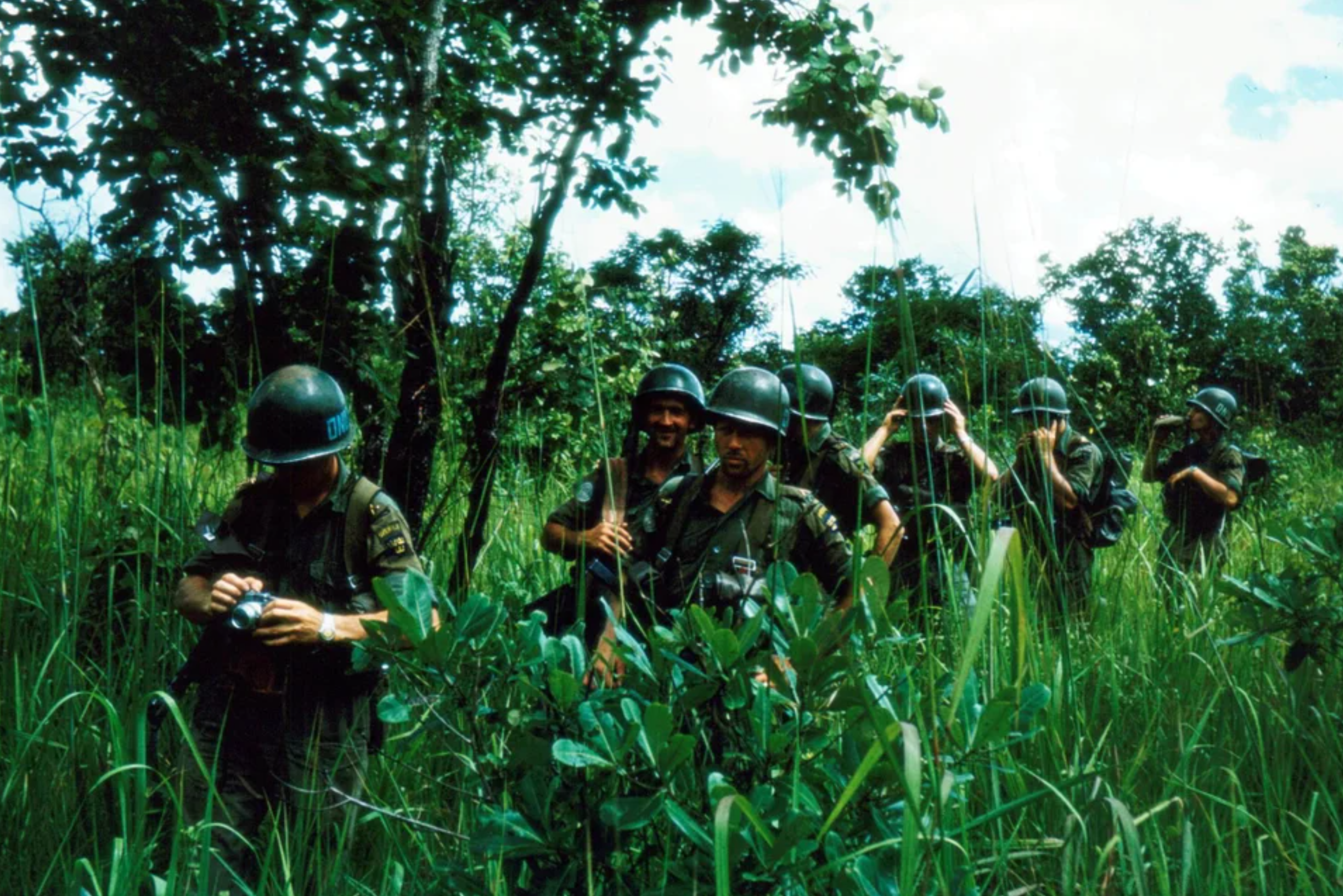
1960-1965
Crisis in the Congo
A political upheaval that would set the stage for the "Cold" war in Africa — a proxy civil war battlefield of NATO vs USSR driven by anti-colonialist sentiment.
What would originally be regarded as a one-off crisis would spell out the fate of many of the former colonies in Africa, and a slow upheaval of their societies that are still dealing with the fallout today.
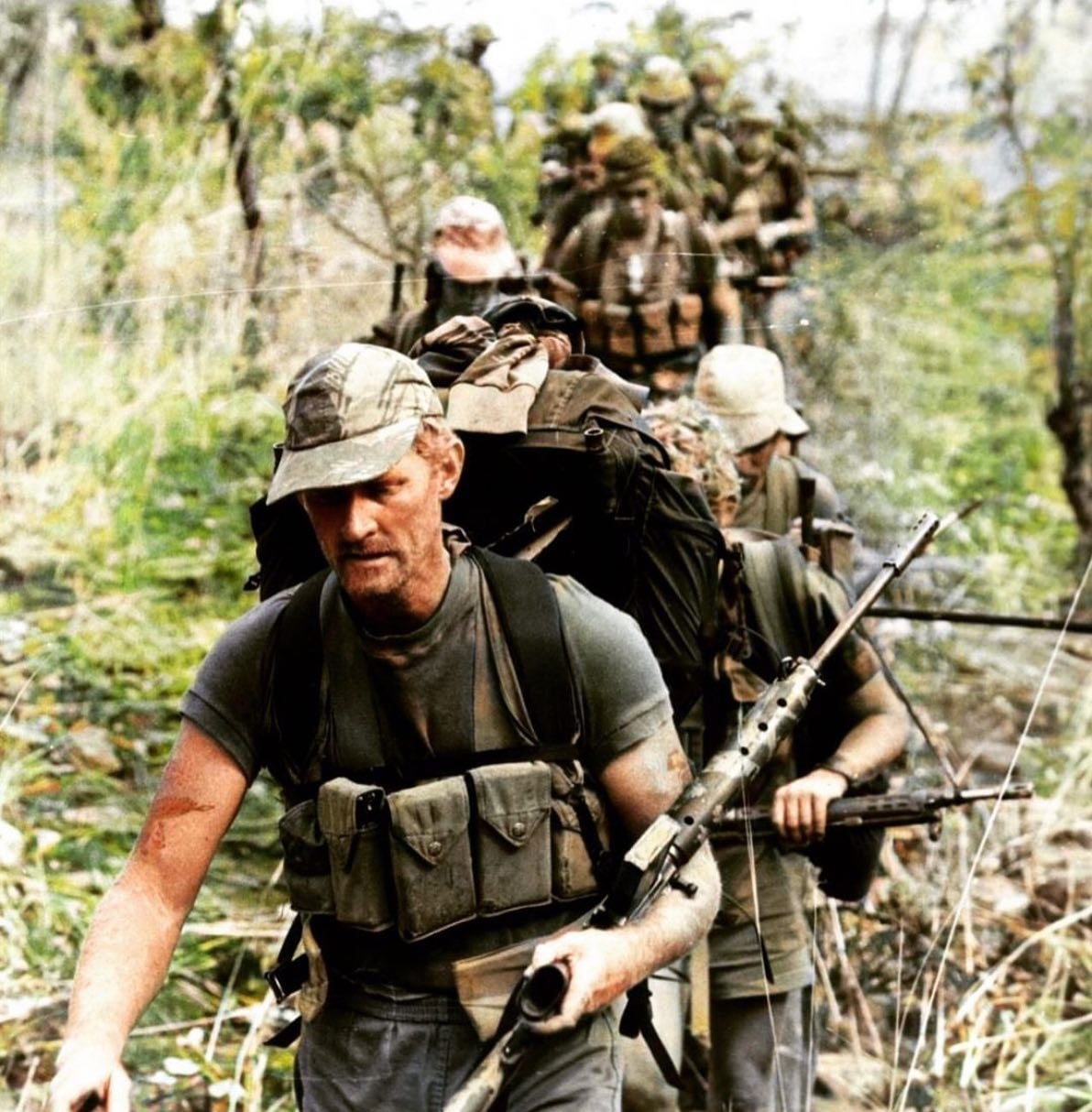
1964-1979
The Rhodesian Bush War
Aided by South African military implements and employing revolutionary tactics, the infantrymen of the Bush War wore and employed a variety of different equipment, firearms, and techniques that set the stage for the next 50 years of fighting insurgent forces in and out of Africa.
Much of what was learned in Rhodesia would be carried down to South Africa, where the fire of insurgency would inch towards her borders...
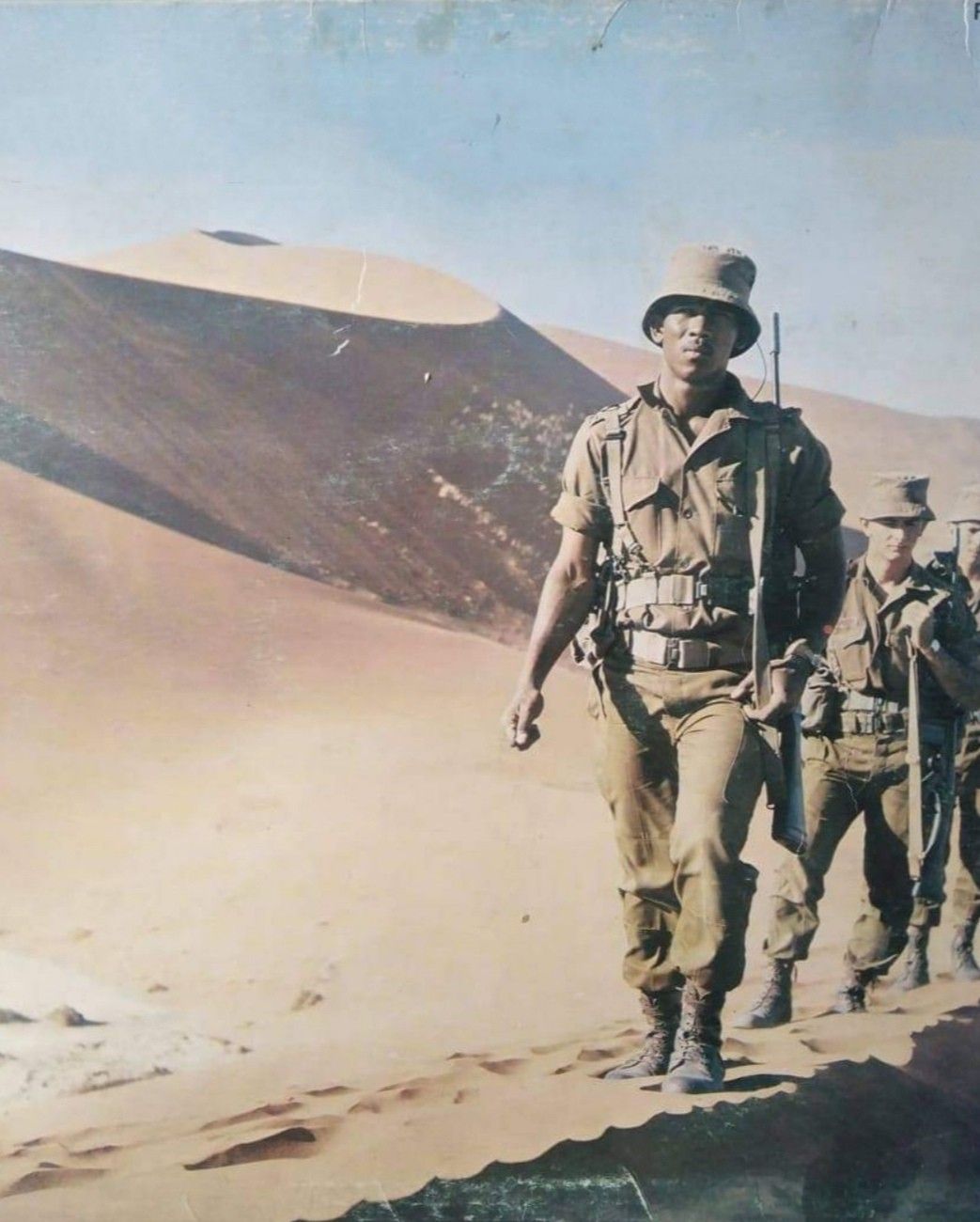
1966-1970
South African Border Conflicts
After the other communist insurgencies & Dwindling UN/NATO support, the SADF & Allied forces relied on the domestically produced equipment based on British WWII-era designs.
Pattern 70, another Belt-and-Harness system, would break some of the design conventions thanks to the inginuity of an SADF Parabat, M.J. Du Toit.

1970-1981
A New Way To Web
Even with new kit, guerilla forces armed with little more than AKMs and sandals were running circles around their western counterparts. There was a clear need for something better.
In the mid to late 70s, the SADF began experimenting with new, intermediate caliber service rifles and innovative, lightweight field gear.
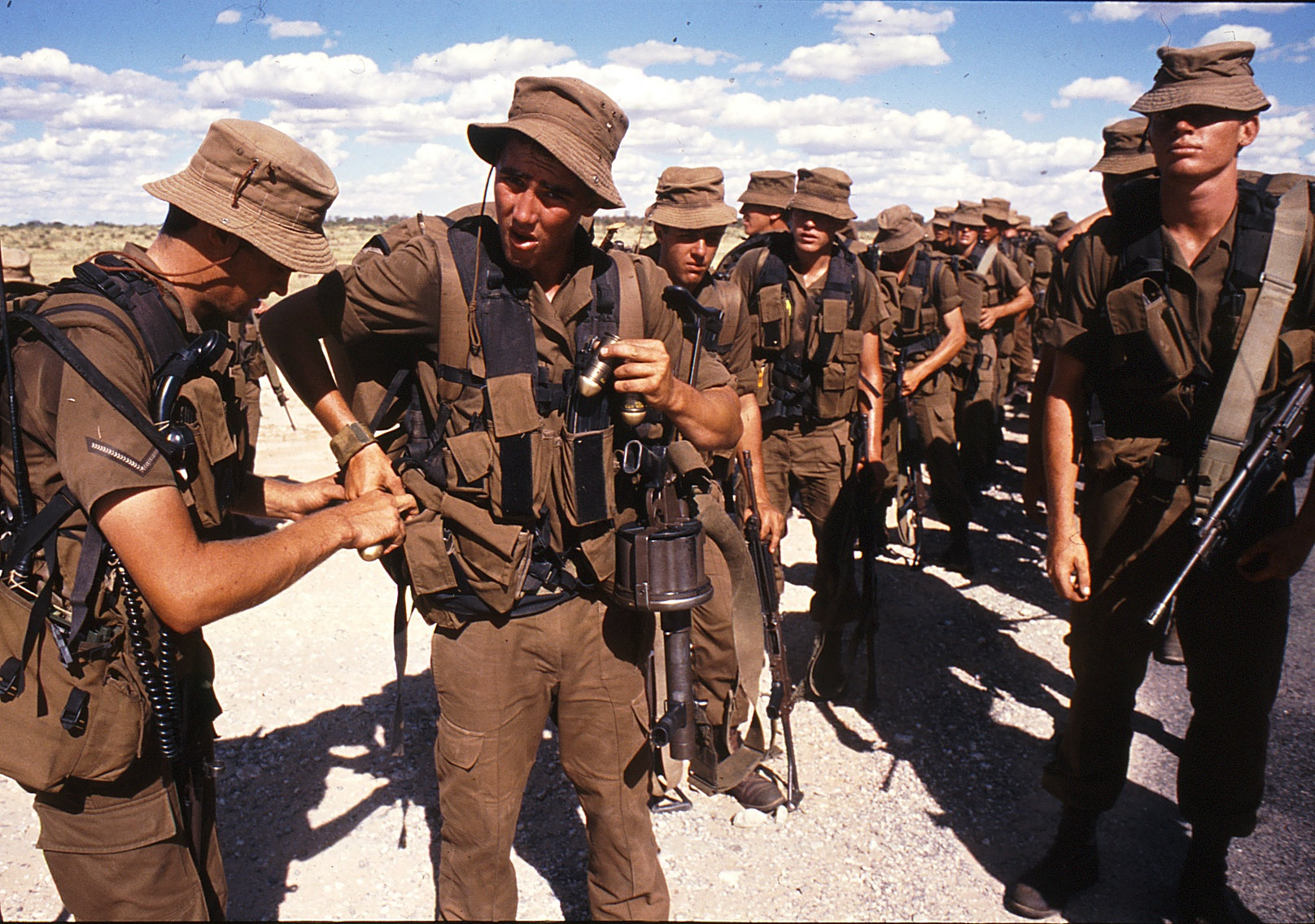
1983-1990
Brown is the New Green.
The SADF took notes from their adversaries and worked directly with the local outdoor gear industry to develop a next-generation fighting system, made from cutting-edge materials.
The three resulting components of Pattern 83 (The Battle Jacket, Grootsak, and Chest rig) could be combined to suit any mission from parachute drops, to motorized operations, to sustained weeks-long patrols.
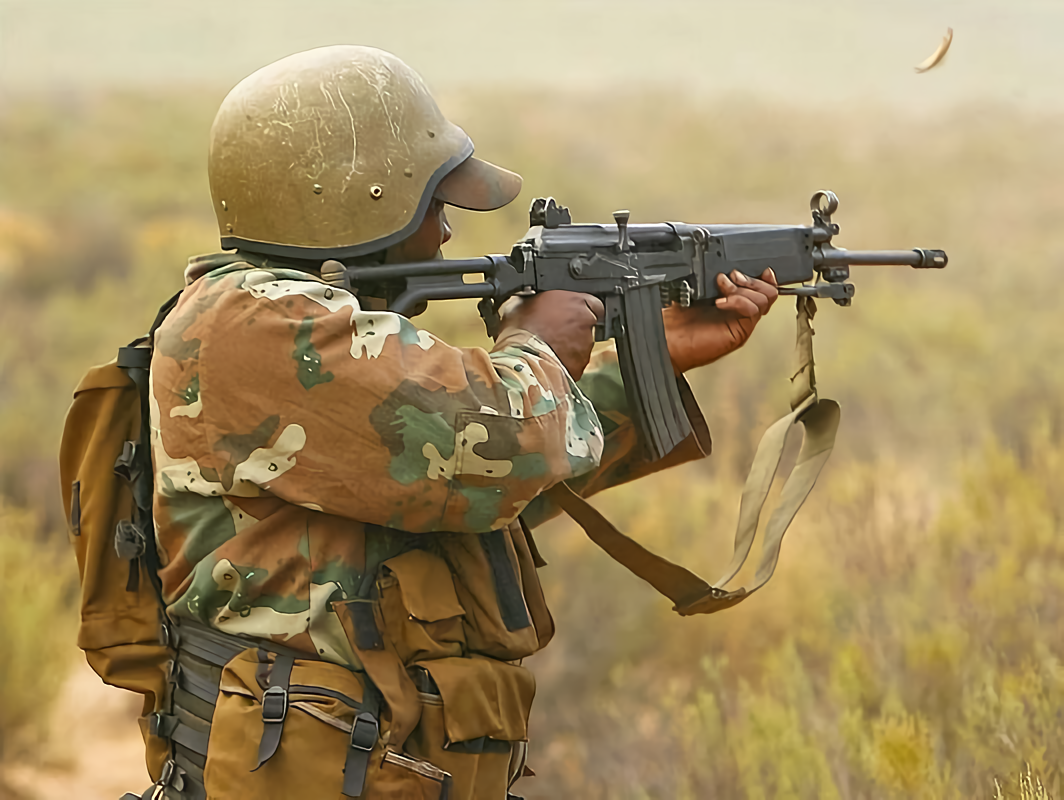
2015
P83 No More?
Officially, the South African National Defense Force (SANDF, after political changes in South Africa disbanded their military) officially ceased production of Pattern 83. Allegedly.
Curiously enough, you can still see it on active SANDF units to this very day. Truly a testament to how long it lasts.
An iteration of the Rhodesian "Fireforce" vest, the Pattern 83 Battle Jacket is an assault pack and ammo vest in one.
Capable of sustaining one soldier for 2-5 days, the Battle Jacket is spacious, comfortable and surprisingly unobtrusive. It can be made to fit large quantities of ammunition, water, and other essentials depending on mission parameters.
The layout is thoughtful, and the battle jacket hugs close to the body. This unique design makes for a seamless transition between patrols and assaults — No awkward imbalances or 'sloshing weights' to break your stride.
Celebrated for its versatility, even when new production ceased in 2015 the SANDF continues to use & abuse them. Copies are flooding the market, and they've become one of the most sought-after rigs in the surplus world...
Overview - Click To Learn More
The base is constructed with a semi stiff synthetic mesh. This breathable base layer promotes airflow between the polyurethane coated 1000D Cordura pockets and the wearer.
The versatile back pocket was used for a variety of ground sheets, wet weather gear, water, and rations. Many removed the center divider to expand it into a single pocket.
On the sides are straps for mortar rounds, longer tools, and other bulky equipment.
On the bottom are two dangling straps designed for carrying a bedroll.
In addition to side-mounting extra magazines for an R4, these extra-large pouches are specifically designed for SADF Water Bottles or radios, and can also be stuffed with all other kinds of rations.
The small pouches on the front were originally designed for carrying R4 (Galil) magazines, compasses, and different types of grenades.
The smoke grenade pouches function excellently for putting more magazines or an individual first aid kit inside.
Behind one of the front pouches is a flat hidden pocket for folded maps.
The Pattern 83 chest rig is known for it's groundbreaking hardware and forward-thinking design elements such as it's velcro-flap pouches.
But those ideas didn't pop out of nowhere. The SADF took direct influence from the various communist-backed insurgent forces they fought against, who were armed with little more than AKMs and the versatile type 56 'chicom' chest rig.
The South Africans decided to one-up the soviets, designing P83 to be lightweight, higher capacity, and bombproof. These rigs reduced the amount of excess sustainment weight borne by each soldier, and made vital ammo and equipment easy to access. It matched perfectly with their new counter insurgency strategy — ambushes, counter attacks, and blazing-fast assaults.
These ideas would go on to inspire much of the tactics and equipment used in the Global War on Terror, as well as a remake here on Kommandostore.
Overview - Click To Learn More
The signature 'X-harness' draws off of earlier chest rigs such as the Chicom but still retains modern relevance.
The padded harness holds the load close to your body, supporting it with your upper back muscles instead of just your shoulders.
The ammo pouches were designed during the transitional period from the R1 (FN FAL) to the R4 rifle, so they accommodated both types of magazines.
Thanks to this design, the rig can hold dozens of different types of magazines, which came in handy for recces using AKMs and SAS members using STANAG magazines when these hit the surplus market.
Like the Battle Jacket, it featured a flexible yet supportive mesh backer that improved breathability.
The back also features a flapped map pocket for folding maps.
The asymmetric pouch layout was designed originally for carrying a smoke grenade, frag grenade, and a compass.
On the side of the main mag cells, a small pen-flare pocket is also present.
All still use the innovative Velcro flap and can be used for all sorts of different small equipment
The main fabric of the chest rig was a staple of the South African outdoor industry — high-denier "Cordura" nylon.
It's high abrasion resistance and water-repellant properties made it the blueprint for material choices on many chest rigs in the future (in place of canvas).
It was also dyed "Nutria Brown" to match the rest of the SADF's regalia - a color seen on wildlife that would naturally camouflage the user to their environment as it got dirty & used in the field.
Nylon webbing and ITW "Fastex" buckles and hardware borrowed from designs in the outdoor industry of South Africa proved to fit the bill for this rig.
Incredibly durable, easily replaceable in the field, and inexpensive — important for a country under embargo.
The Grootsak is rarely on our store, but it's definitely an important piece of the puzzle.
It was built to sustain patrols of SADF troopies for up to 2 weeks with little to no logistical support. Based off of designs from the South African outdoor industry, it focuses on capacity, durability, and ease of use. For the 'hide and seek' combat against insurgents, the pack was designed to be quick-release to allow troopies to drop the pack and fight at a moments notice with their trusty chest rigs.
The nature of the Border War required long patrols in austere environments, and the 'Grootsak' accommodated with 70L of segmented storage and dedicated pouches for water bottles.
Overview - Click To Learn More
The main fabric of the pack was a staple of the South African outdoor industry — high-denier "Cordura" nylon.
It's high abrasion resistance and water-repellant properties was well known to hikers using heavy framed packs, and it became the go-to material for use on many combat packs today.
It was also dyed "Nutria Brown" to match the rest of the SADF's regalia - a color seen on wildlife that would naturally camouflage the user to their environment as it got dirty & used in the field.
Nylon webbing and ITW "Fastex" buckles and hardware borrowed from designs in the outdoor industry of South Africa proved to fit the bill for this heavy pack.
Incredibly durable, easily replaceable in the field, and inexpensive — important for a country under embargo.
The large outer flap allowes for ease of pack expansion, and features an exterior pocket for maps or pack covers.
The Grootsak features dedicated space for the SADF Water bottles or rations to be stored separately from the equipment inside.
While many ditched the (quite hard to find on the surplus market) pack frame, the kidney belt and "caterpillar" padding on the back made even the full 70L capacity of the pack comfortable to wear, with the weight distributed evenly on the hips and shoulders.
Like Pattern 83? Keep Browsing...
Eighty Four FR Combat Balaclava
Eighty Four Chest Rig 2.0 [Berry Compliant]




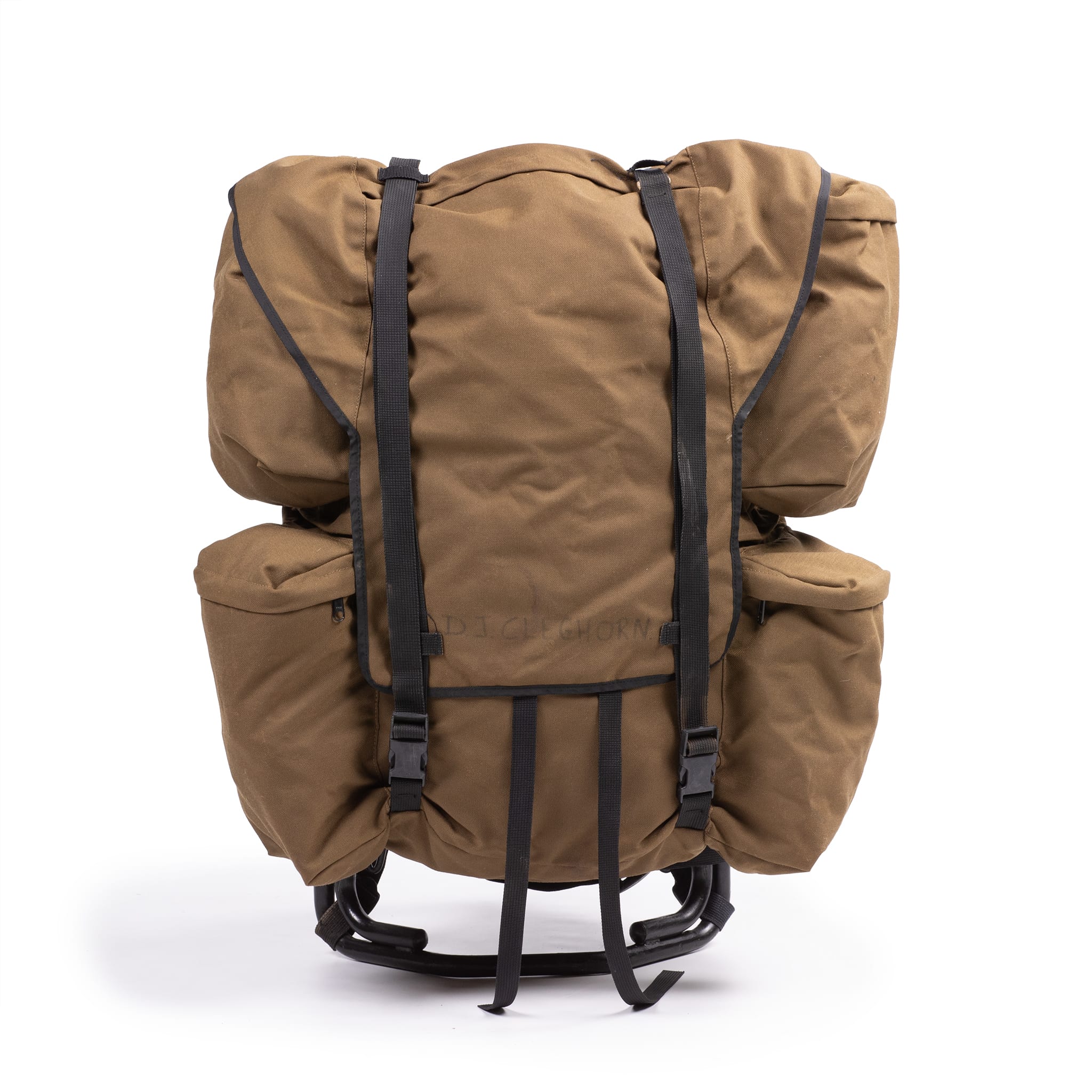

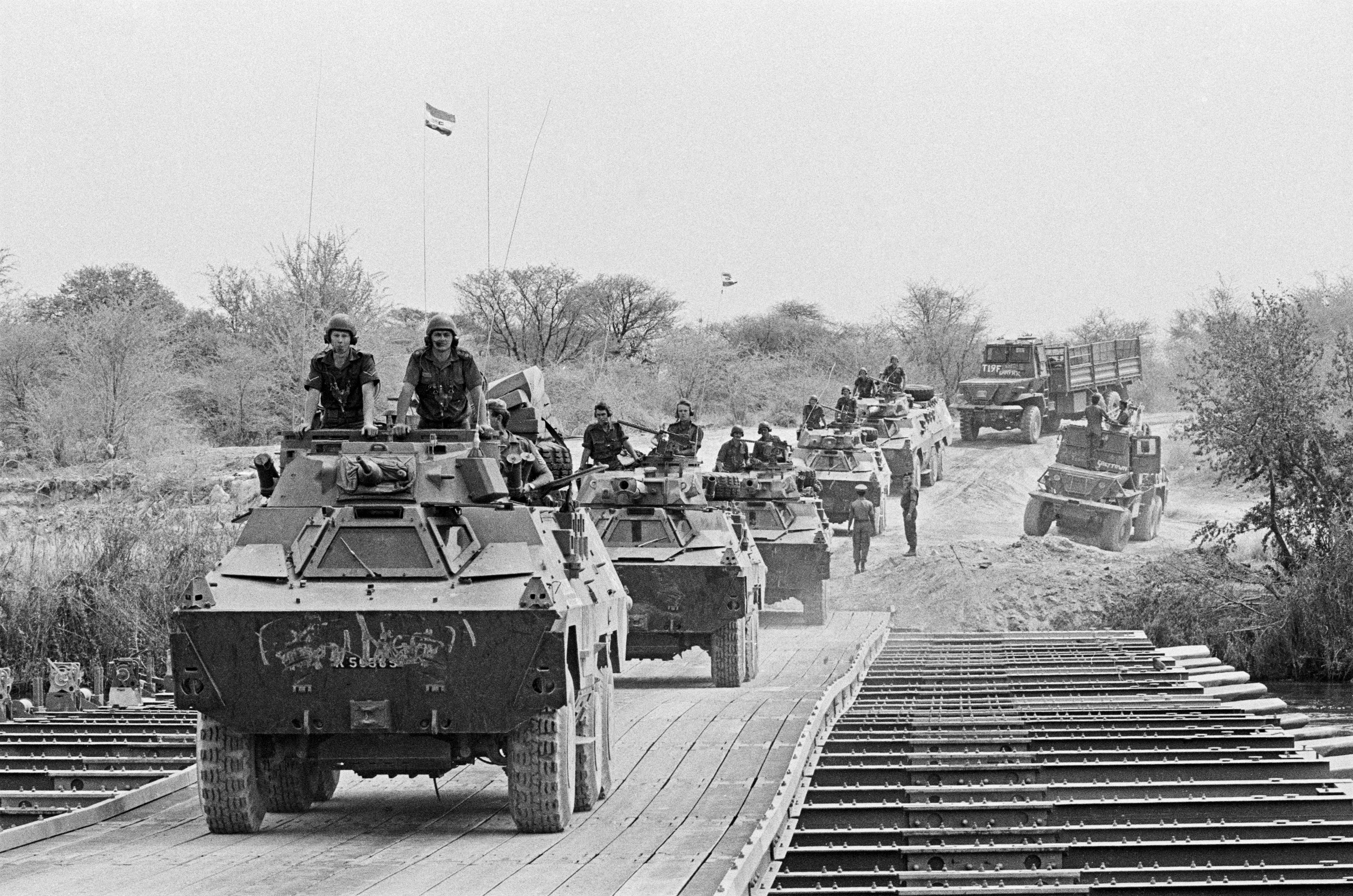
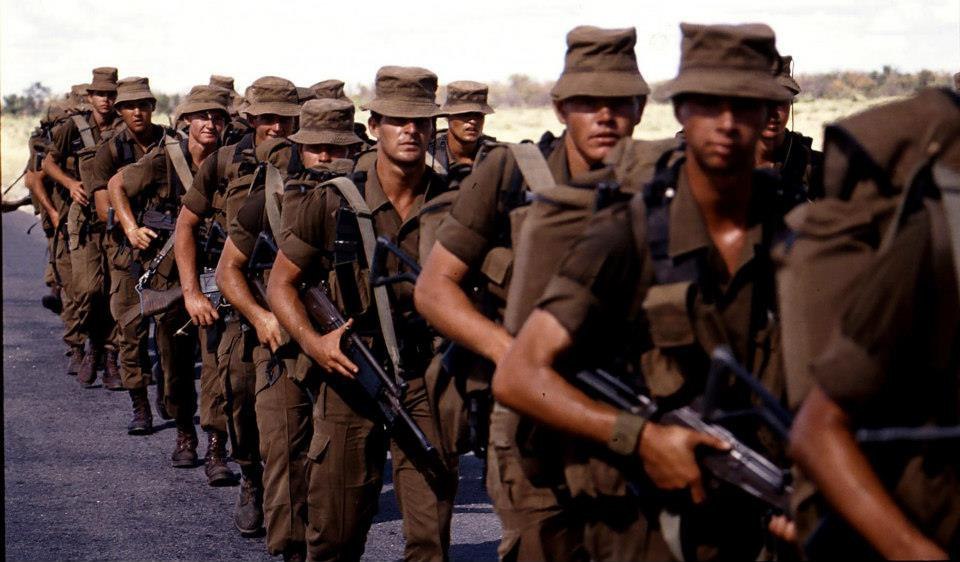
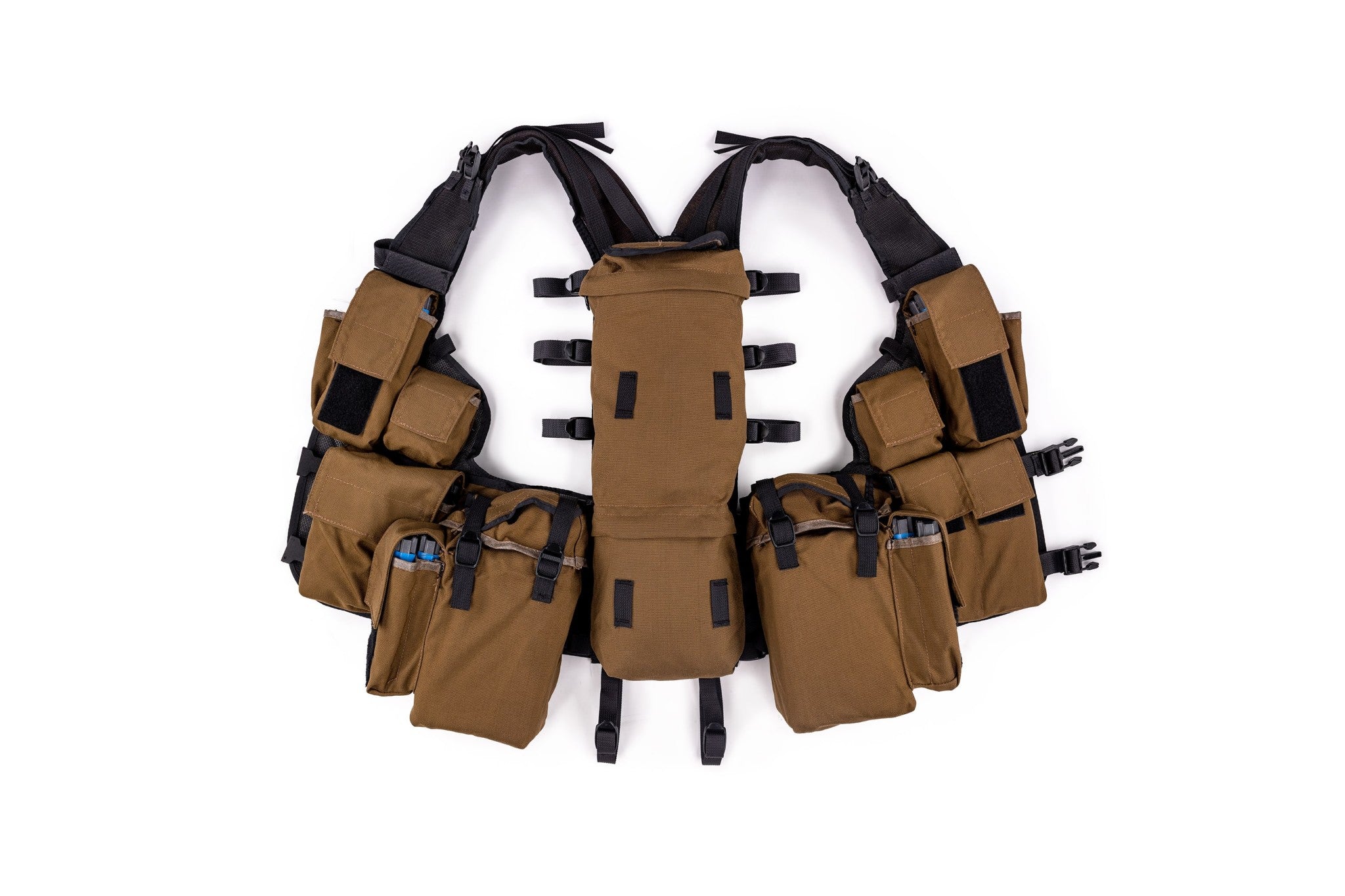
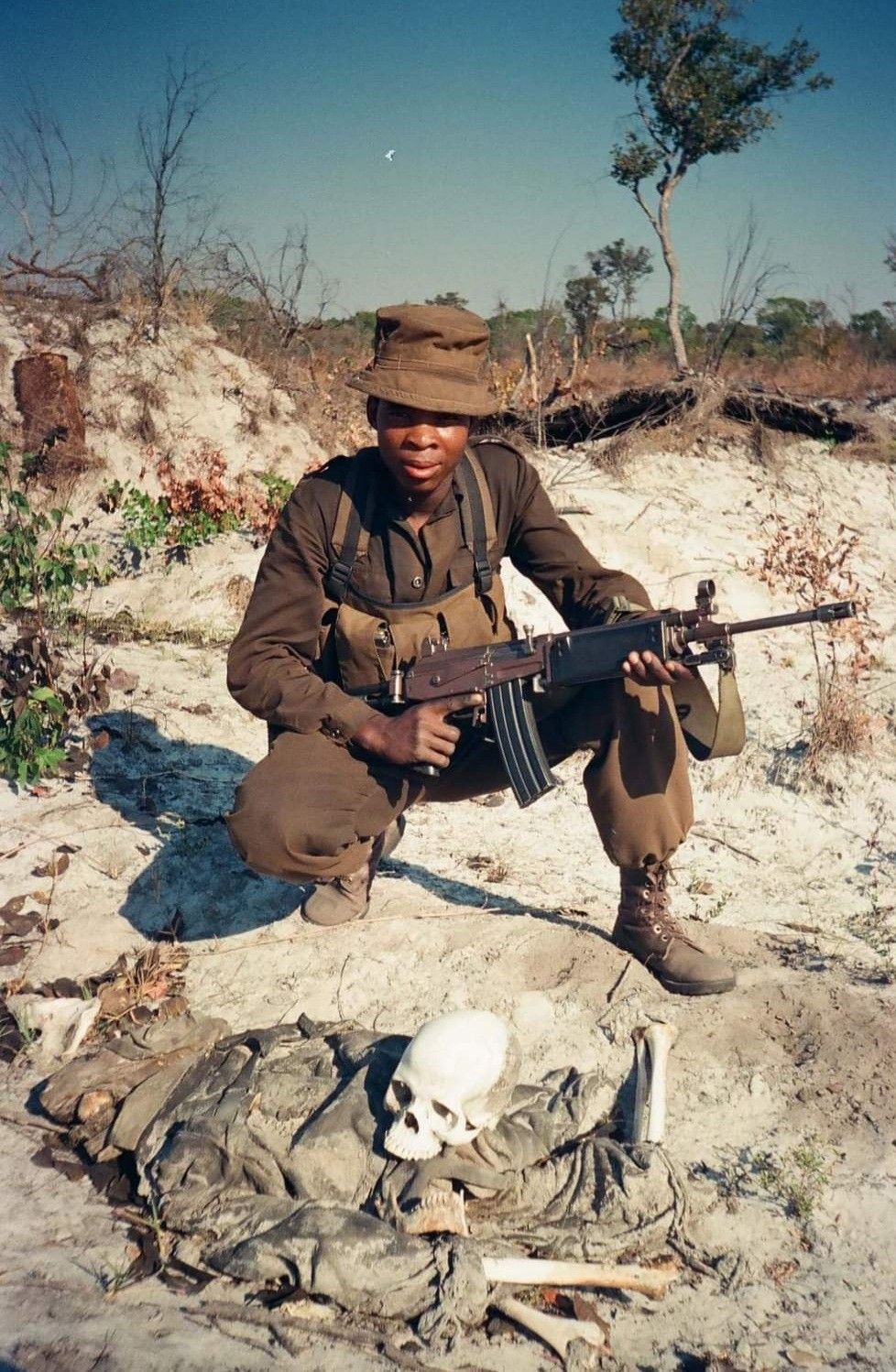
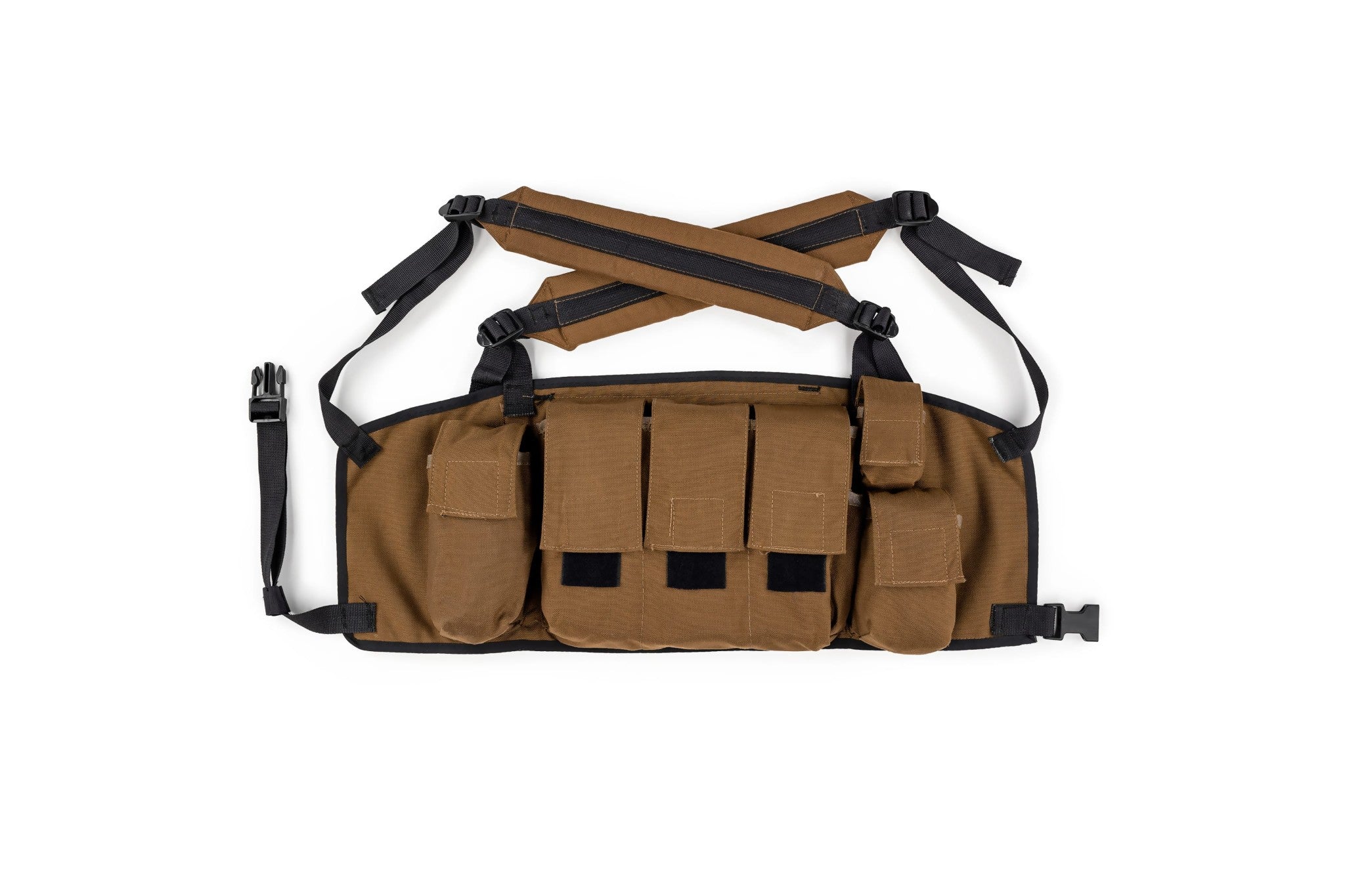
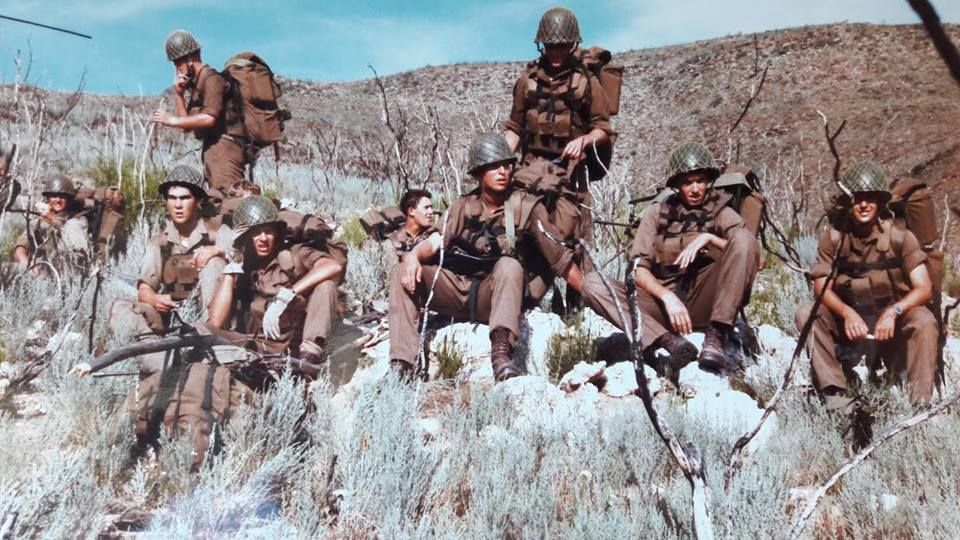
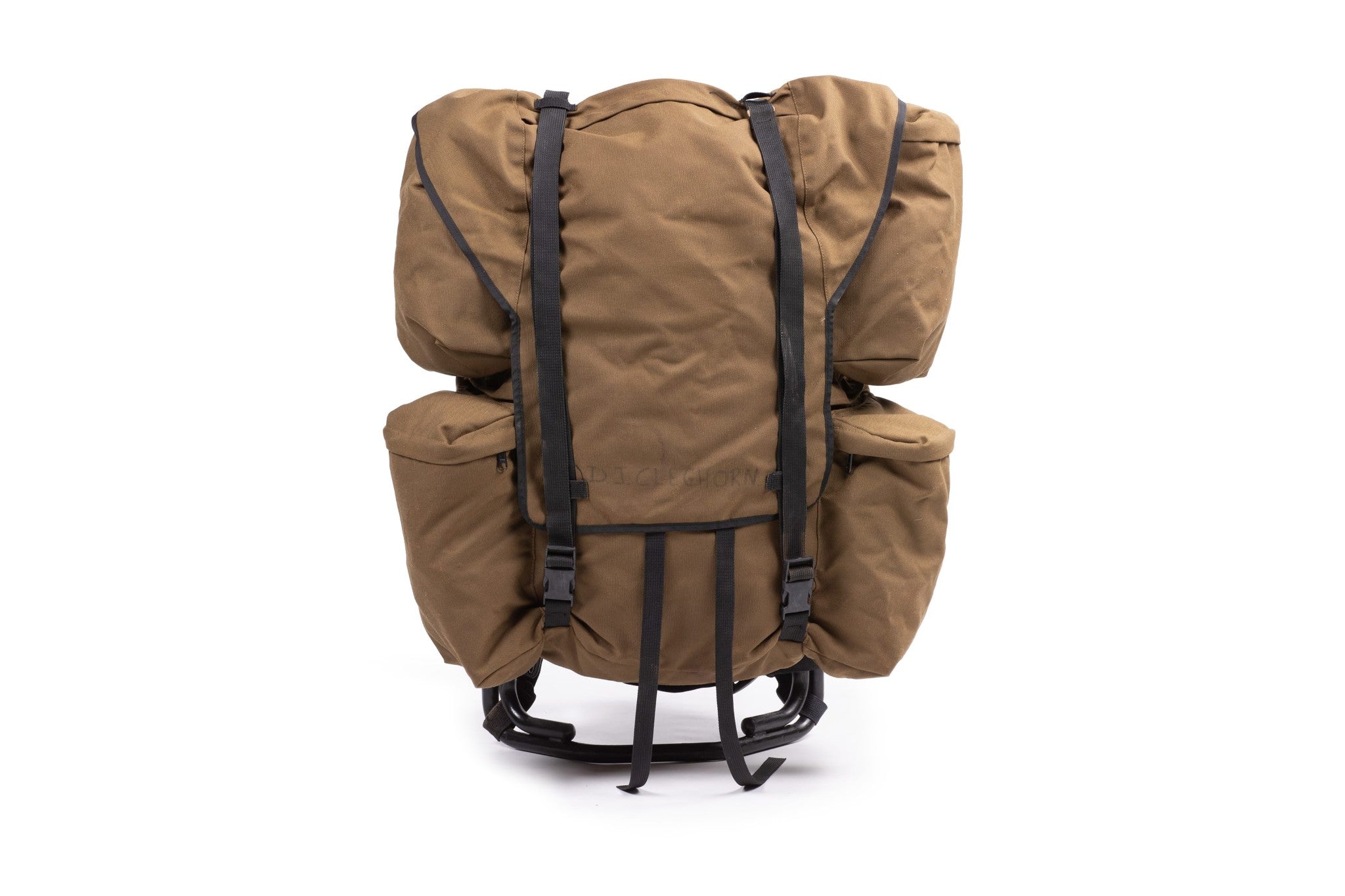

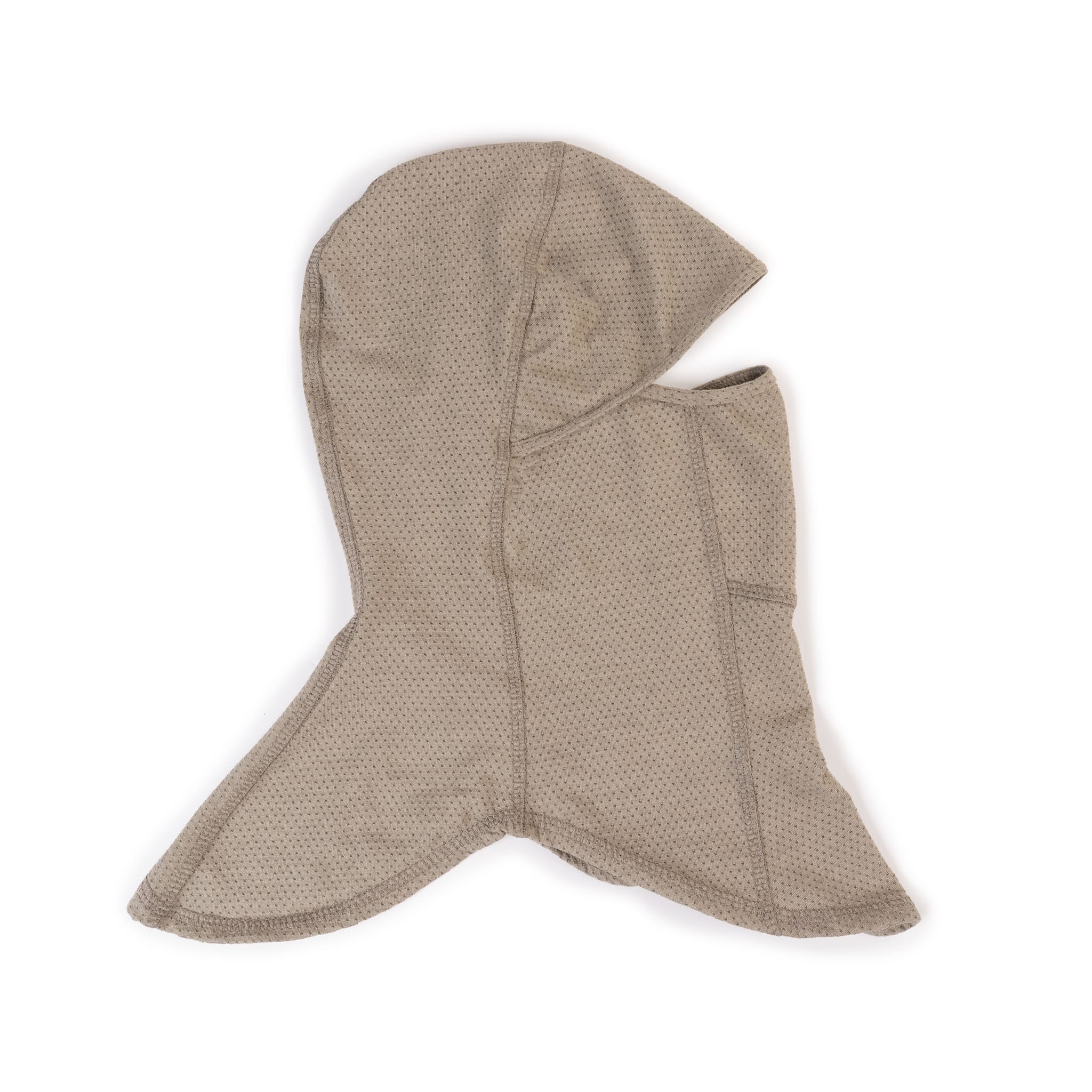

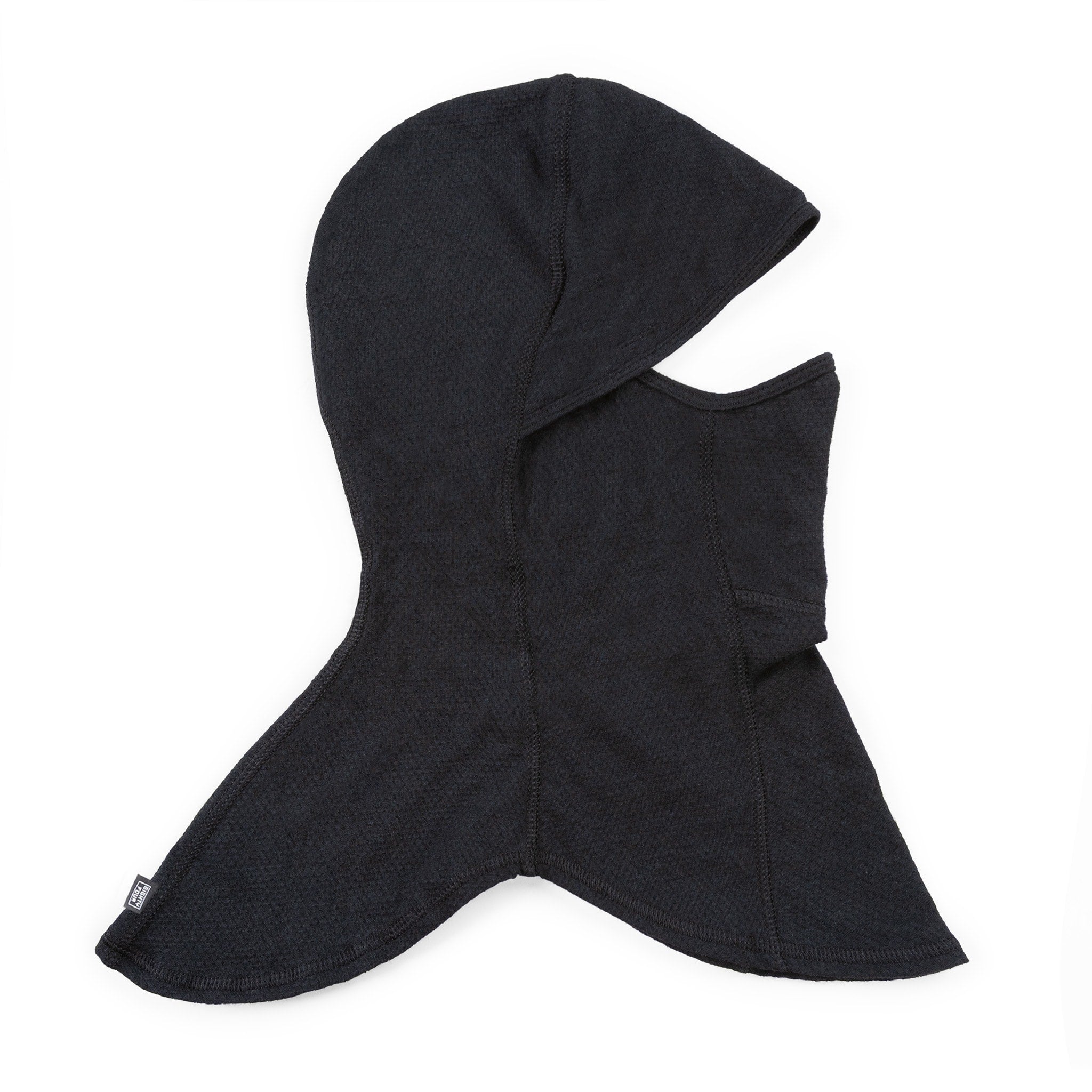


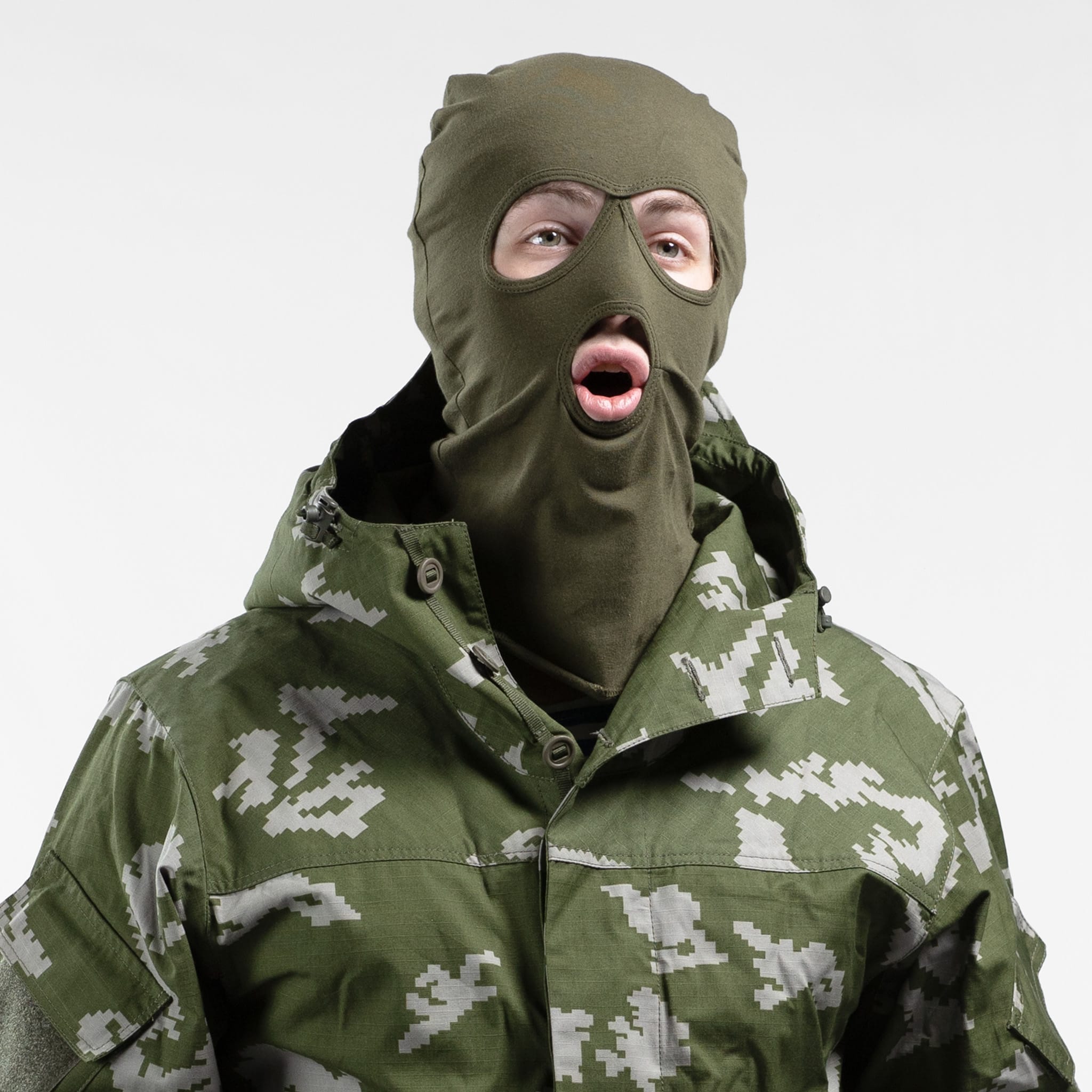
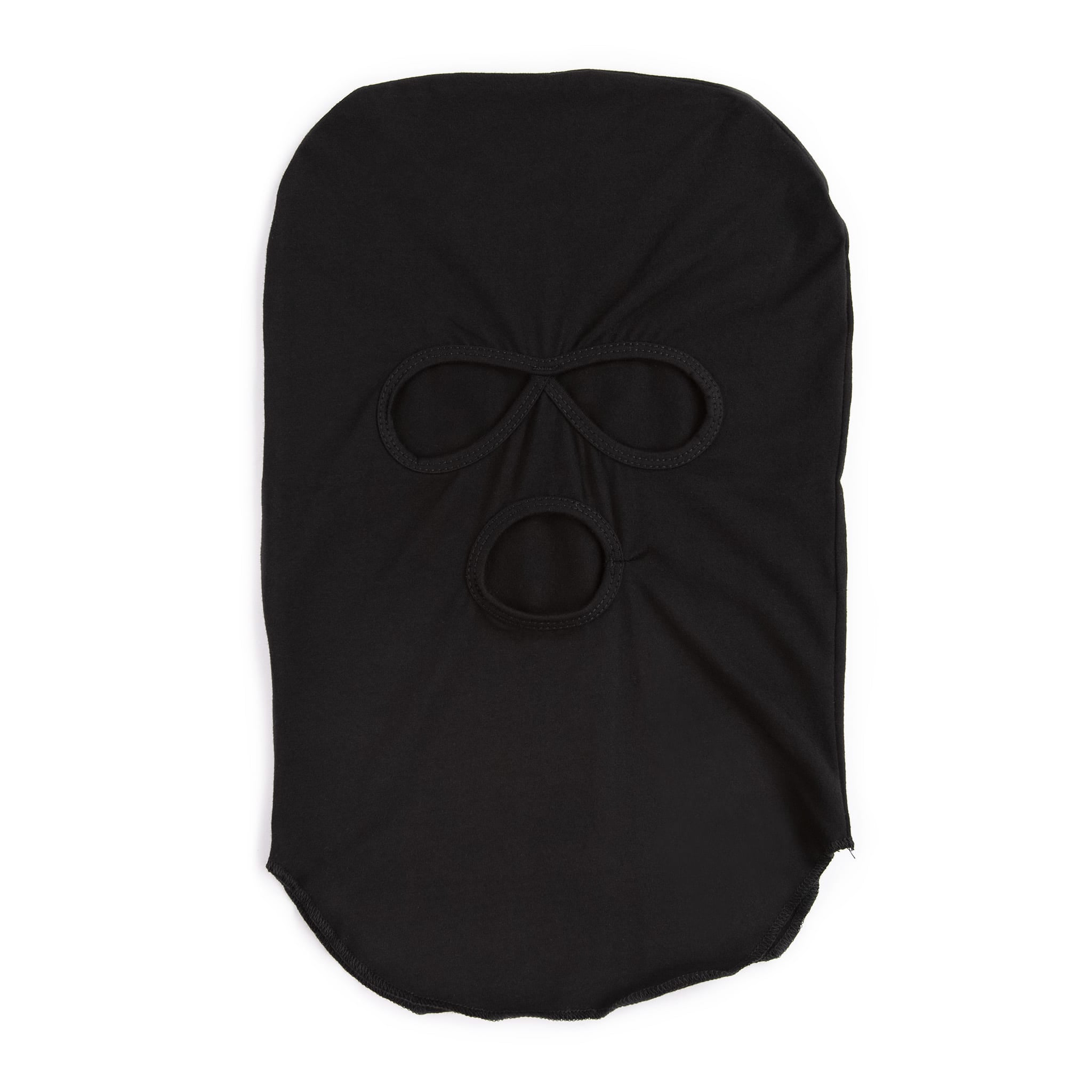



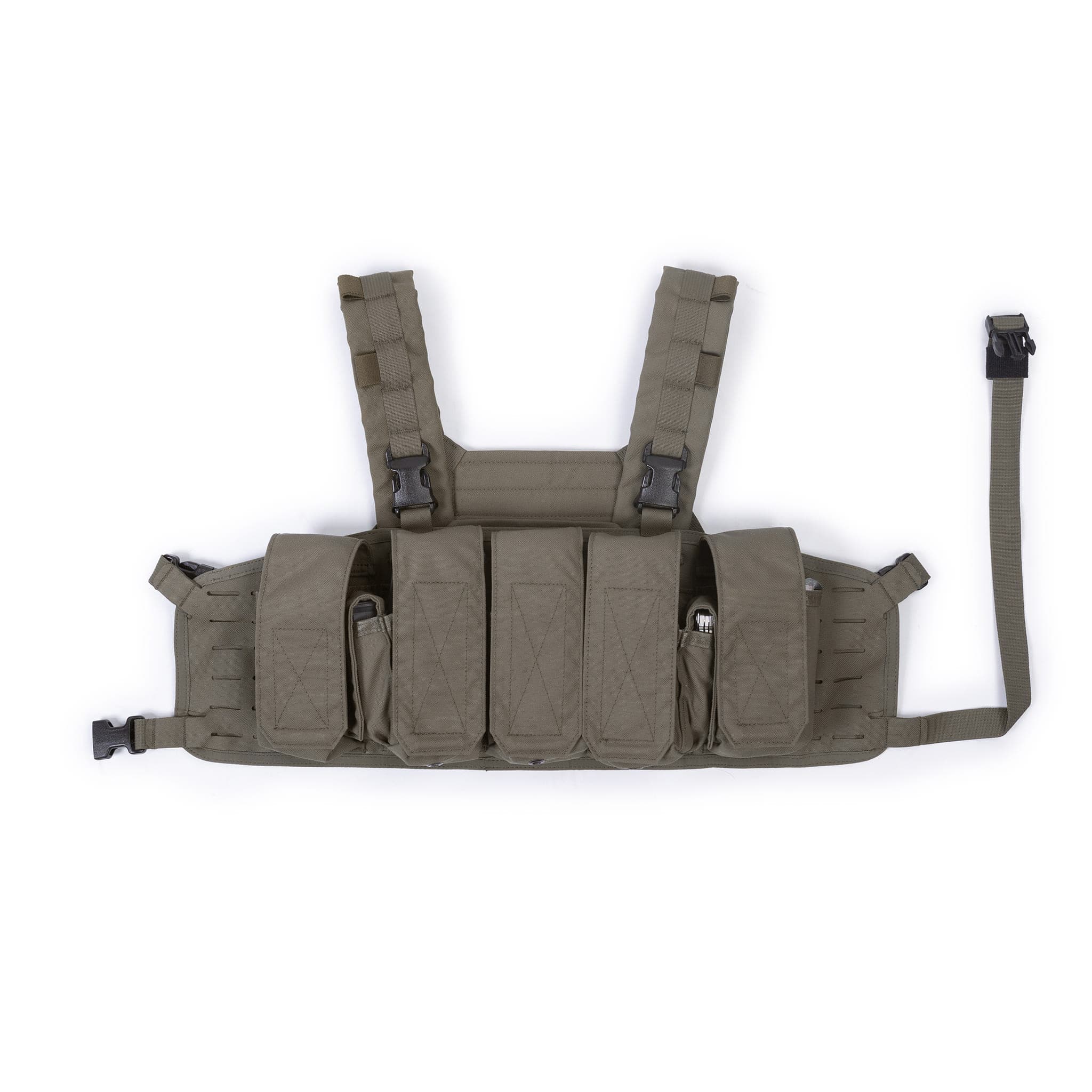

![Eighty Four Chest Rig 2.0 [Berry Compliant]](http://kommandostore.com/cdn/shop/files/P84_ChestRig_Multicam.jpg?v=1763579879&width=2048)
![Eighty Four Chest Rig 2.0 [Berry Compliant]](http://kommandostore.com/cdn/shop/files/P84_ChestRig_M81.jpg?v=1757433756&width=2048)
![Eighty Four Mag Placard [Berry Compliant]](http://kommandostore.com/cdn/shop/files/P84_Placard_Ranger_Green_1_2.jpg?v=1730390700&width=2048)
![Eighty Four Mag Placard [Berry Compliant]](http://kommandostore.com/cdn/shop/files/P84_Placard_Ranger_Green_11_1.jpg?v=1730390700&width=2048)
![Eighty Four Mag Placard [Berry Compliant]](http://kommandostore.com/cdn/shop/files/P84_Placard_Ranger_Green_2_1.jpg?v=1730390700&width=2048)
![Eighty Four Mag Placard [Berry Compliant]](http://kommandostore.com/cdn/shop/files/P84_Placard_MC_1.jpg?v=1730390198&width=2048)
![Eighty Four Mag Pouch [Berry Compliant]](http://kommandostore.com/cdn/shop/files/P84_Pouch_Ranger_Green_1.jpg?v=1730413509&width=2048)
![Eighty Four Mag Pouch [Berry Compliant]](http://kommandostore.com/cdn/shop/files/P84_POUCH_RG_4.jpg?v=1730413510&width=2048)
![Eighty Four Mag Pouch [Berry Compliant]](http://kommandostore.com/cdn/shop/files/P84_Pouch_MC_1.jpg?v=1730413509&width=2048)
![Eighty Four Mag Pouch [Berry Compliant]](http://kommandostore.com/cdn/shop/files/P84_Pouch_MC_M4_1.jpg?v=1730413510&width=2048)
